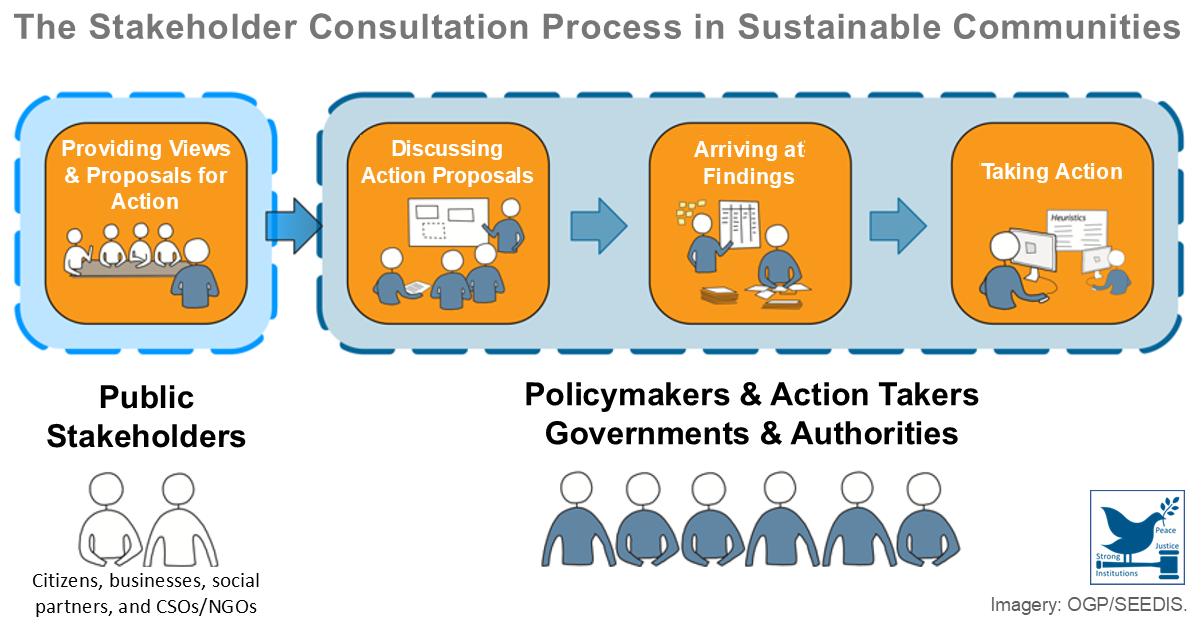That portion of the historical cost or other cost base of a tangible asset that is charged against the earnings of an accounting period and reported in the income statement is depreciation expense. The total amount of economic usefulness that has expired and been expensed (depreciated) since the asset’s acquisition is accumulated depreciation, which is a contra asset account to tangible assets that reduces their historical cost or revalued amount to arrive at the book value of the assets.
| Lessee Depreciation of a Finance Lease at Year End | ||||
|---|---|---|---|---|
| Dec 31 | Depreciation Expense – Leased Asset | xxxx | ||
| Accumulated Depreciation | xxxx | |||
| To record depreciation of the leased asset | ||||
The method of calculating an asset’s depreciation expense whereby the asset loses an equal amount of value each year of its economic life is straight-line depreciation (SLD), the annual depreciation expense being calculated by subtracting the asset’s residual value from its historical cost and then dividing the difference by the asset’s estimated economic life. Straight-line depreciation simply distributes the historical cost of an asset equally over its economic life.
Annual Straight-Line Depreciation Expense = (Cost - Residual Value)/Economic Life in Years
A depreciation method that allocates the cost of an asset in decreasing amounts in each accounting period over the asset’s economic life is accelerated depreciation, it producing higher depreciation expense and greater tax benefits in the asset’s early years. The double-declining balance (DDB) method is the accelerated depreciation method that doubles the straight-line rate of depreciation of the asset’s historical cost each year of its economic life to produce the depreciation expense to be recognized – used by MACRS to depreciate the cost of assets in the 3-, 5-, 7-, and 10-year classes. Tax deferral and the tax benefit are greatest the more an asset’s cost is accelerated through depreciation.
| Double Declining Depreciation – Depreciation Schedule | |||||
|---|---|---|---|---|---|
| Year | Book Value Year Start | Depreciation Percentage | Depreciation Expense | Accumulated Depreciation | Book Value Year End |
| 2016 | $10,000 | 40.00% | $4,000 | $4,000 | $6,000 |
| 2017 | $6,000 | 40.00% | $2,400 | $6,400 | $3,600 |
| 2018 | $3,600 | 40.00% | $1,440 | $7,840 | $2,160 |
| 2019 | $2,160 | 40.00% | $864 | $8,704 | $1,296 |
| 2020 | $1,296 | 40.00% | $518 | $9,222 | $778 |
| Cost: $10,000; RV: 0; Useful Life (Years): 5; Placed in Service: 1 Jan 2016 | |||||


Leave A Comment
You must be logged in to post a comment.